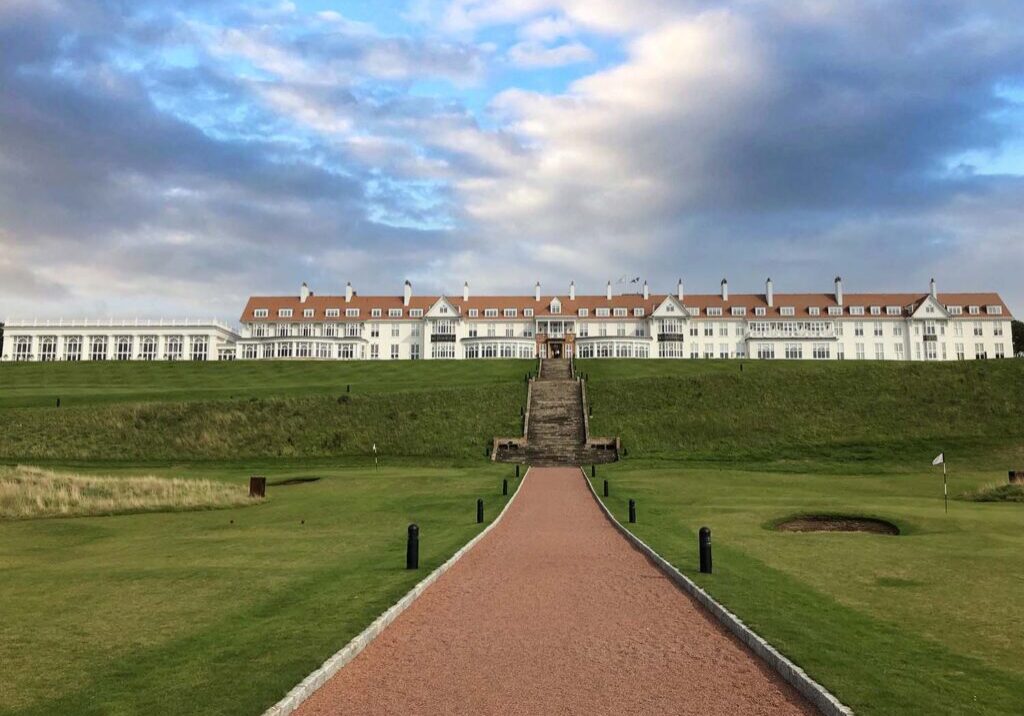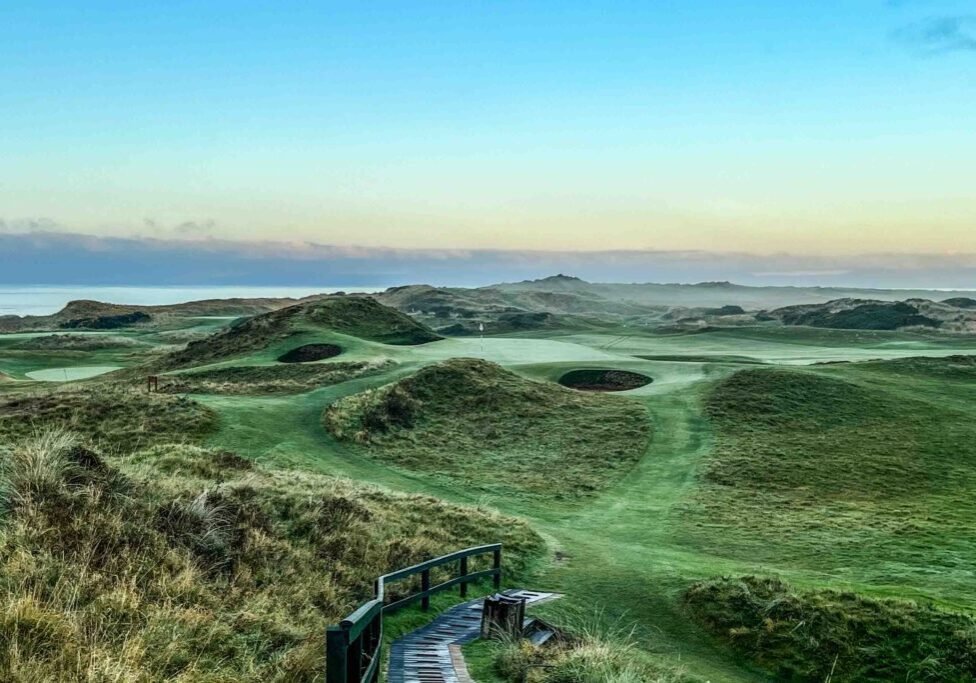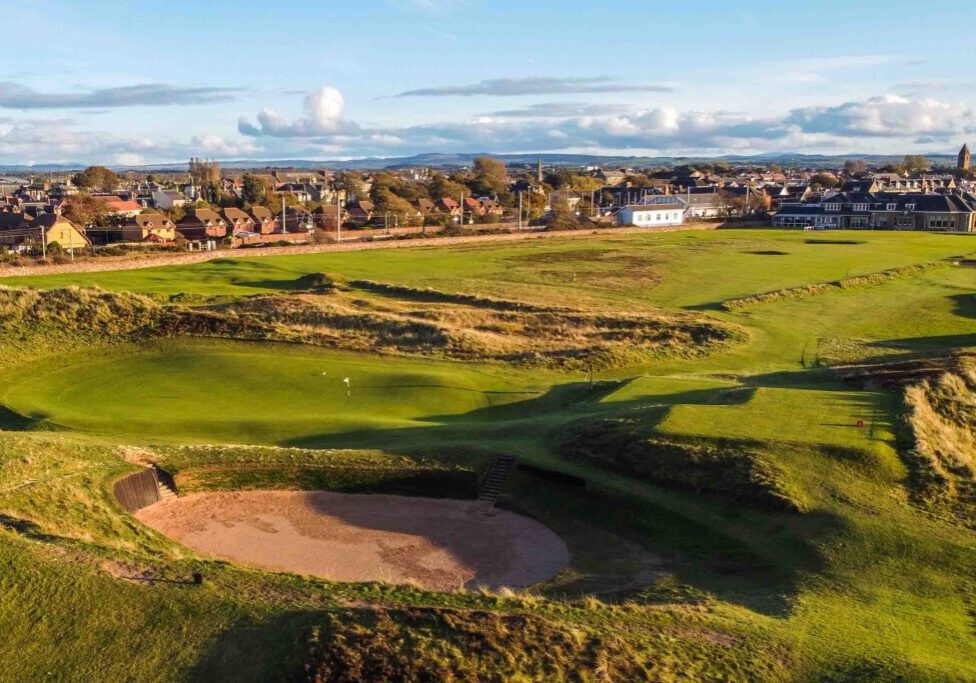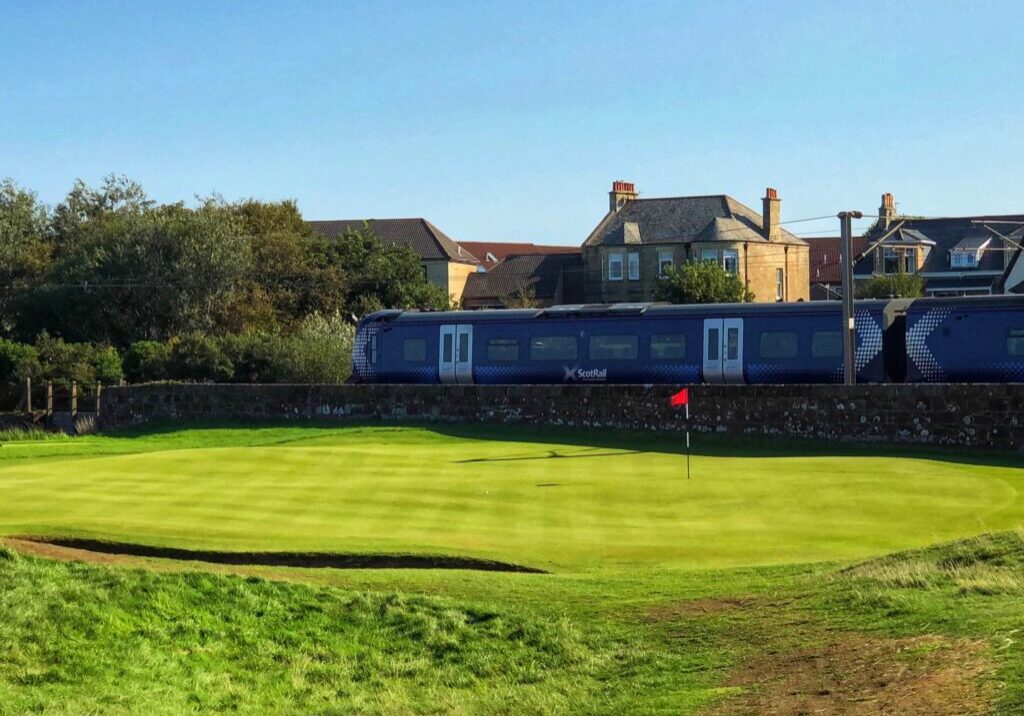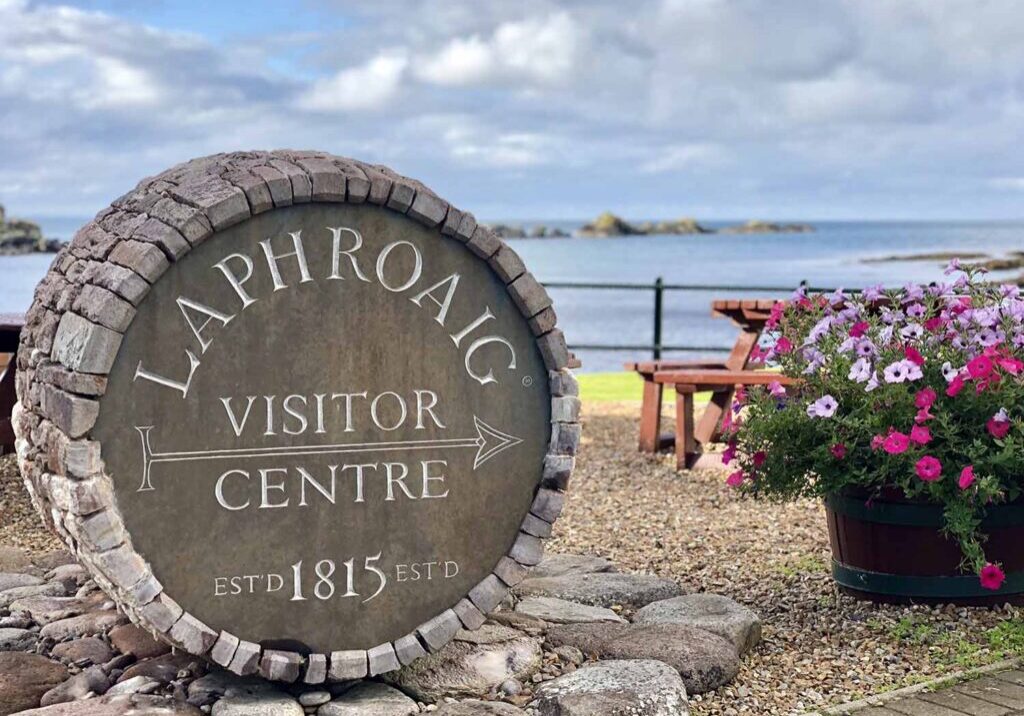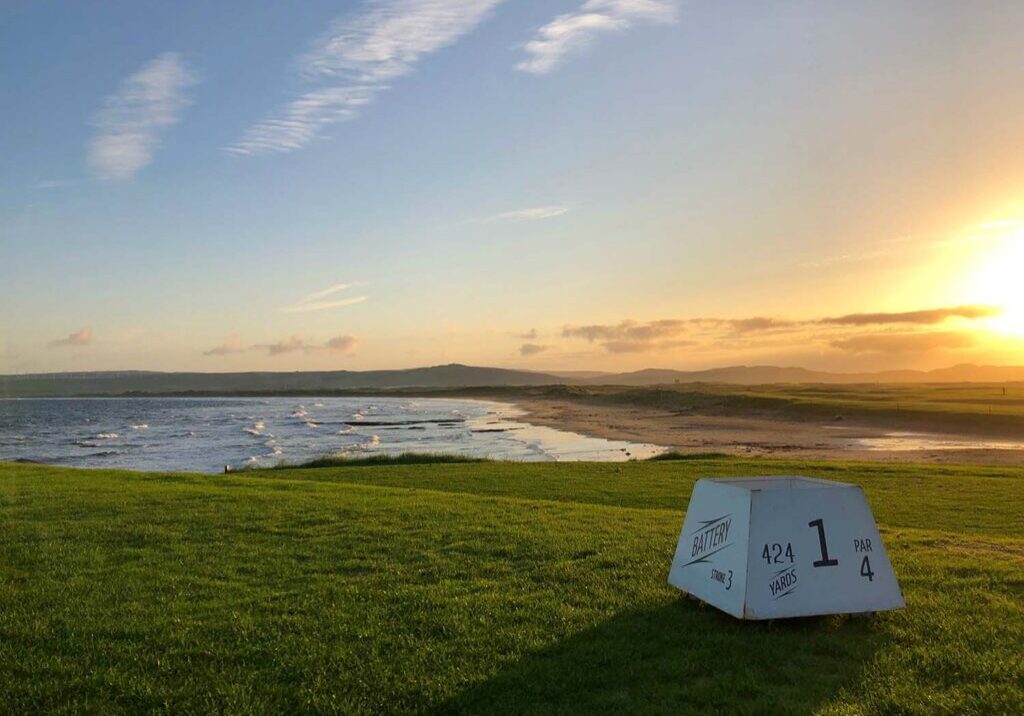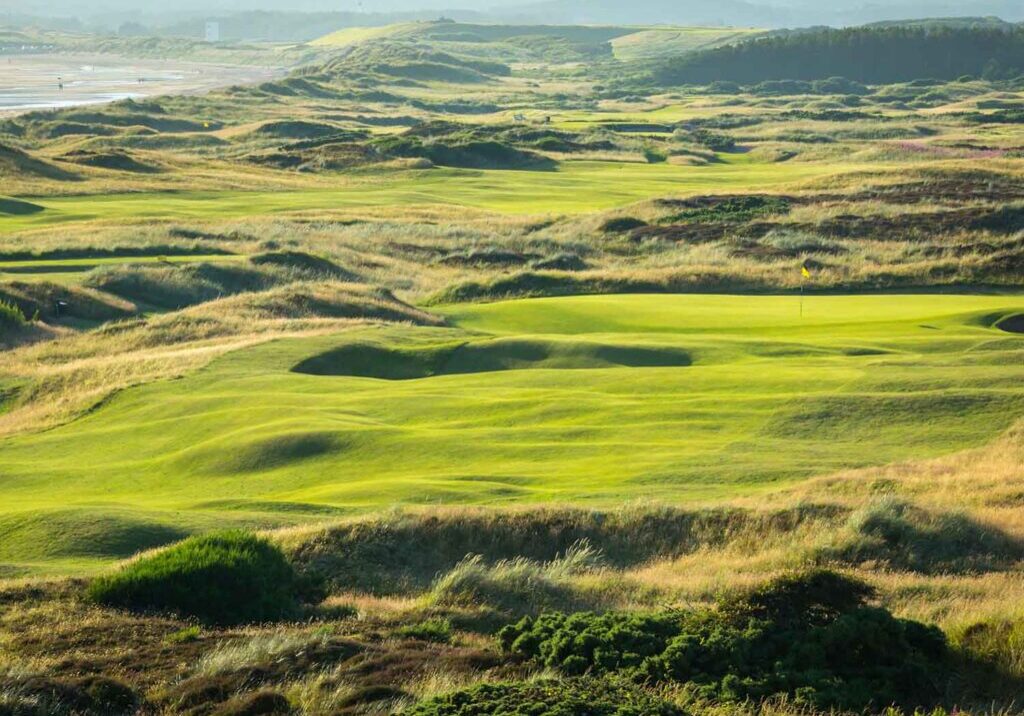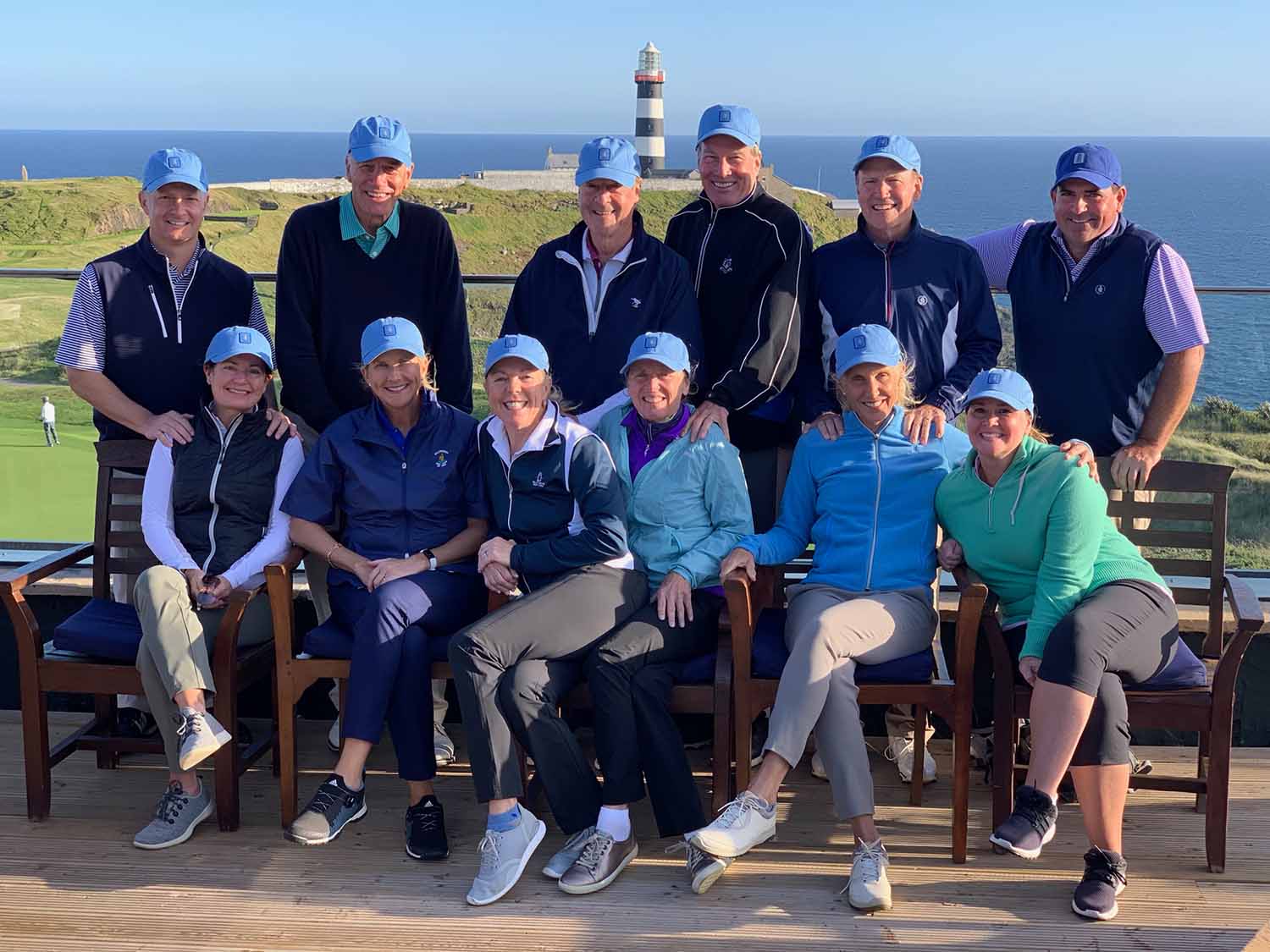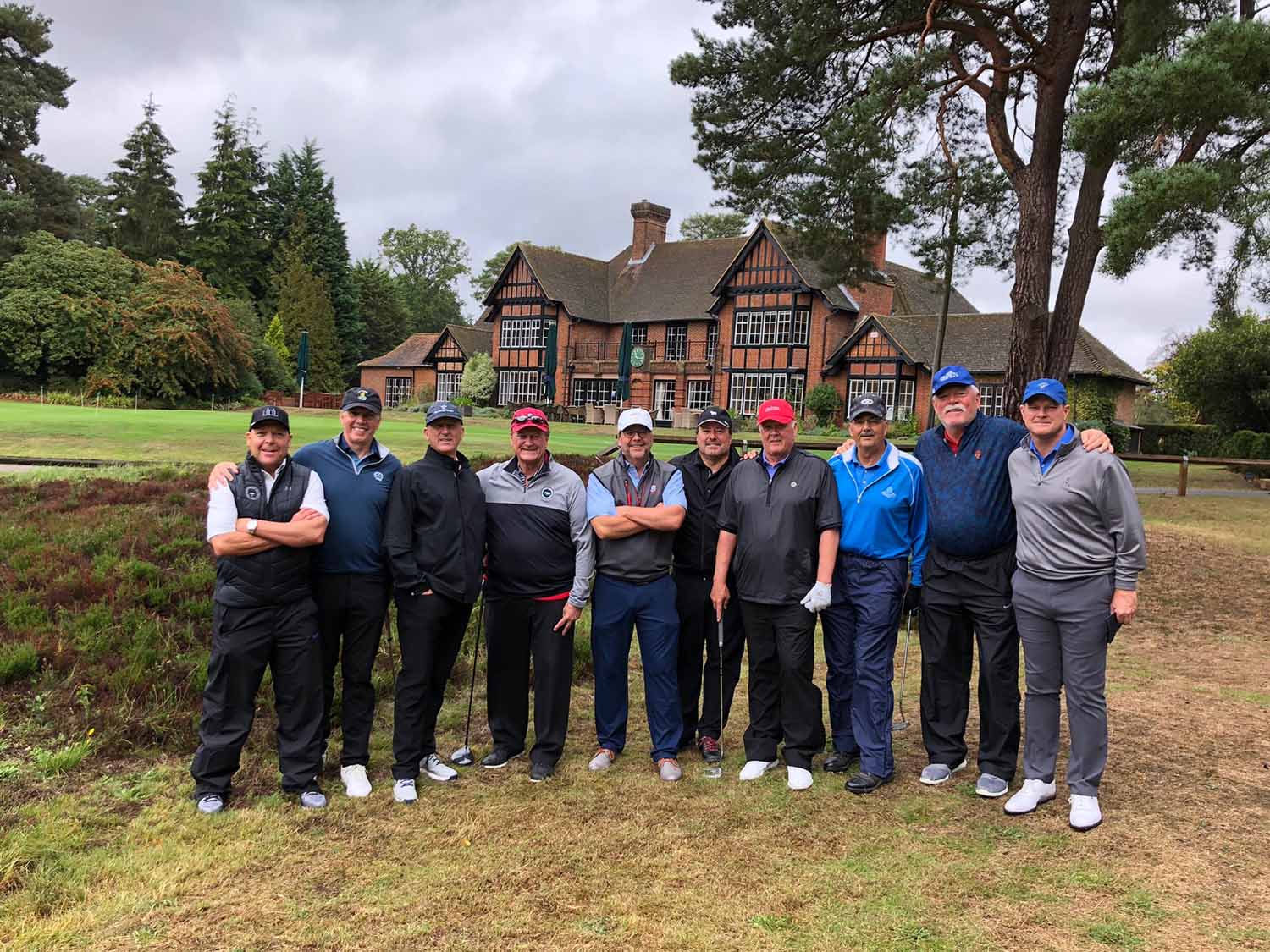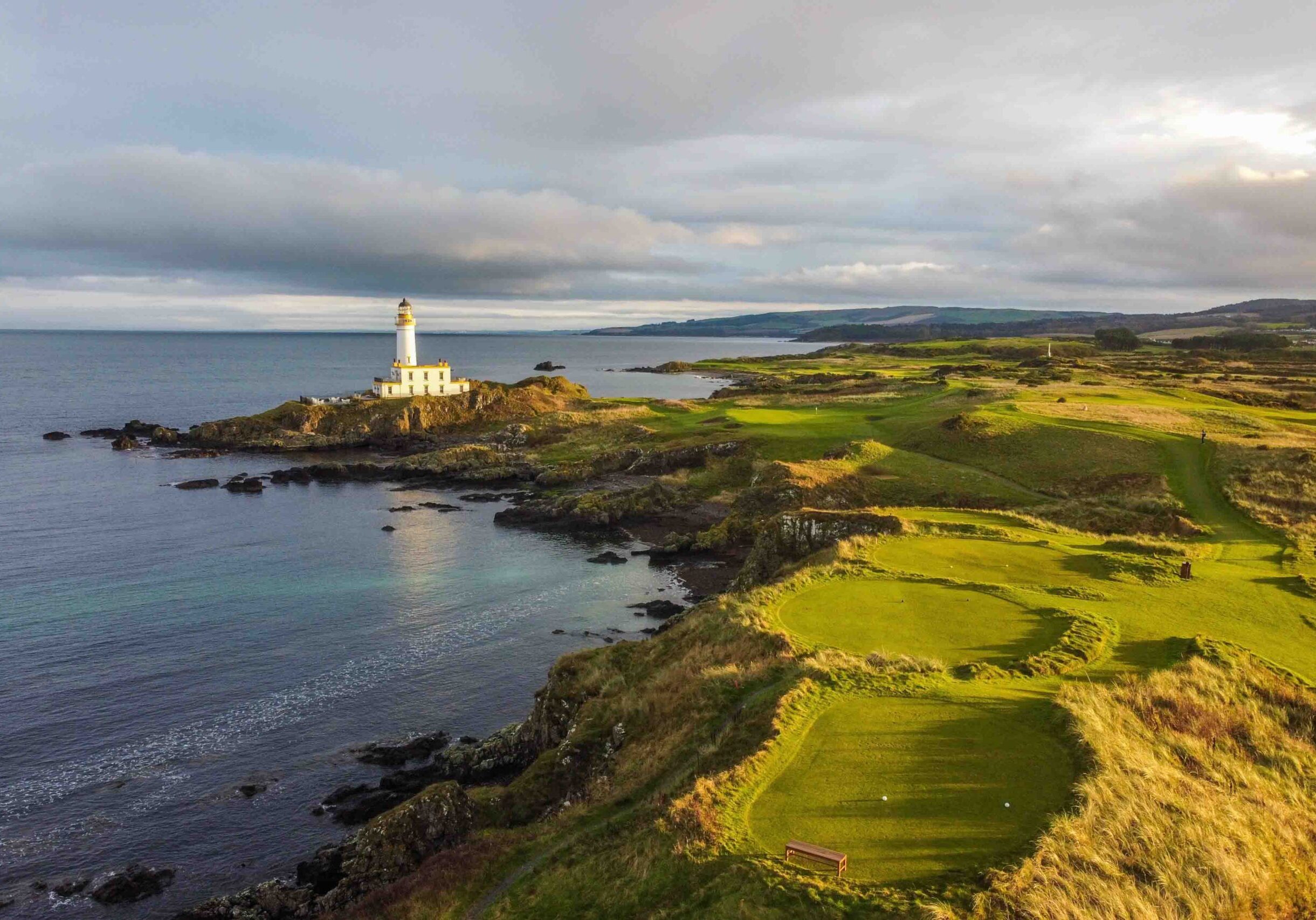
The History of RAF Turnberry
Learn About Turnberry's Service to the Royal Air Force
Visitors to the Turnberry resort in Scotland will see first-hand the important role that the area played for Allied Forces during both World Wars.
This excerpt from the Turnberry website captures that story...
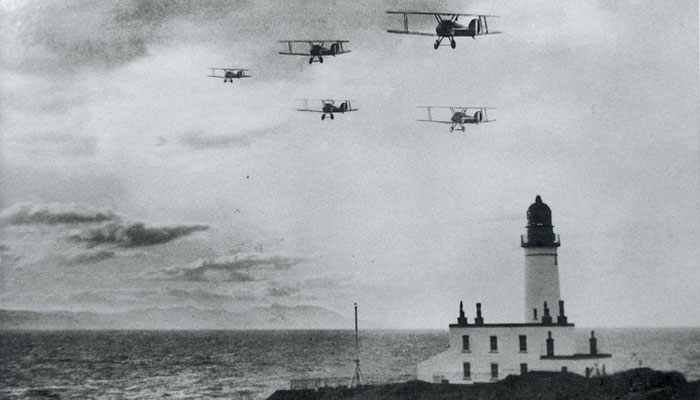
The awe-inspiring view from Bain's Hill was sadly different during Turnberry's years as a military air base. Pressed into service during The Great War because of its strategic coastal location, Turnberry's waving greens and dunes were levelled to make way for airstrips, hangers and huts. There, the Royal Flying Corps trained pilots in the arts of aerial gunnery and combat and the wounded convalesced at Turnberry Hotel. Turnberry at war was a far cry from the pleasure park it had been during its grand and glorious decades.
When peace came, the damage to the resort was repaired, and in 1923, Turnberry's No. 2 course benefitted from a substantial redesign by the acclaimed James Braid; three years later, the No. 1 course was revised to increase its length and improve play. At this time, both were rechristened with the more romantic names—Ailsa and Arran, respectively.
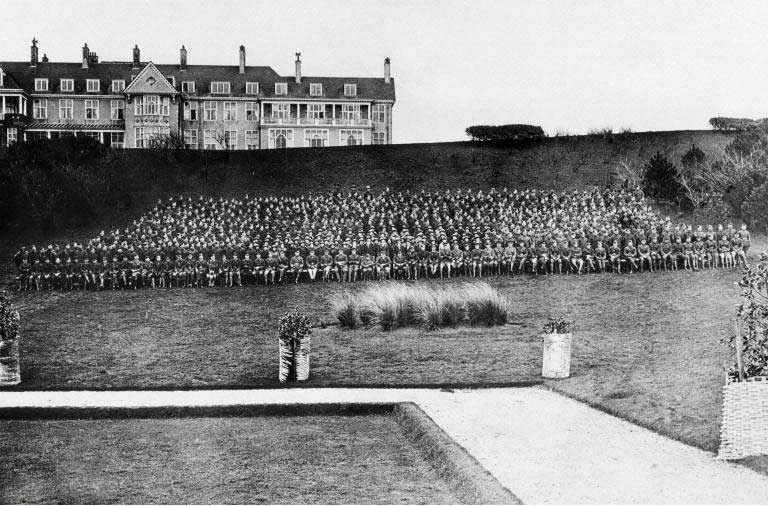
War was declared against Germany in 1939, and soon it was again difficult to imagine that Turnberry had ever been anything but an airfield. The hotel was commissioned as a hospital afresh, and the courses were converted into a Royal Air Force flying school. It is thought that as many as 200 died at Turnberry, and the heavier aircraft and machinery of the Second World War damaged the grounds even more severely than those of the First.
During the three uncertain years that Turnberry was under the command of the Ministry of War, the railways were nationalized and some feared that the thousands of tonnes of concrete spread across its hills would be the end of Turnberry. Happily, Frank Hole—the chairman of British Transport Hotels, a subsidiary of the British Railways Board that had just taken ownership of Turnberry—invited Suttons, the seed and merchant grass specialists, to oversee the restoration of the celebrated links.
~
For guests visiting the resort today, the scars of war are still widely visible. Thanks to their inclusion on the Historic Environment Scotland list, significant portions of the former runways remain intact, with numerous holes on the King Robert the Bruce course found inside the triangle they form. Those taking an early morning stroll out to the lighthouse will likely stumble onto one stretch of the runway en route.
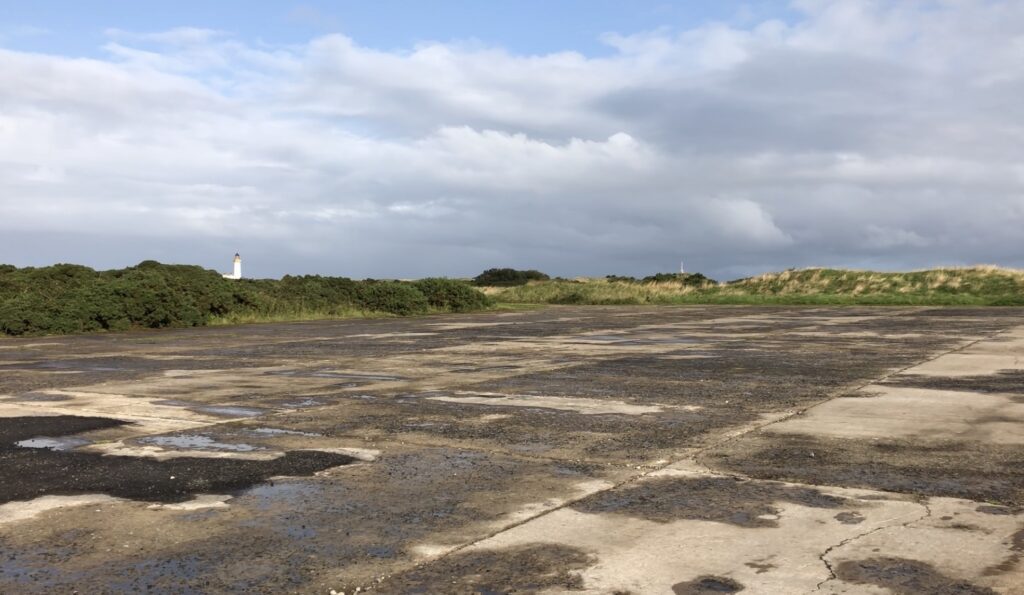
In addition to the runways, the most prevalent callback to RAF Turnberry is the memorial which stands on a knoll above the 12th green. The names of all the service members lost while in service at Turnberry during both wars are engraved on the memorial, including those of four Americans.
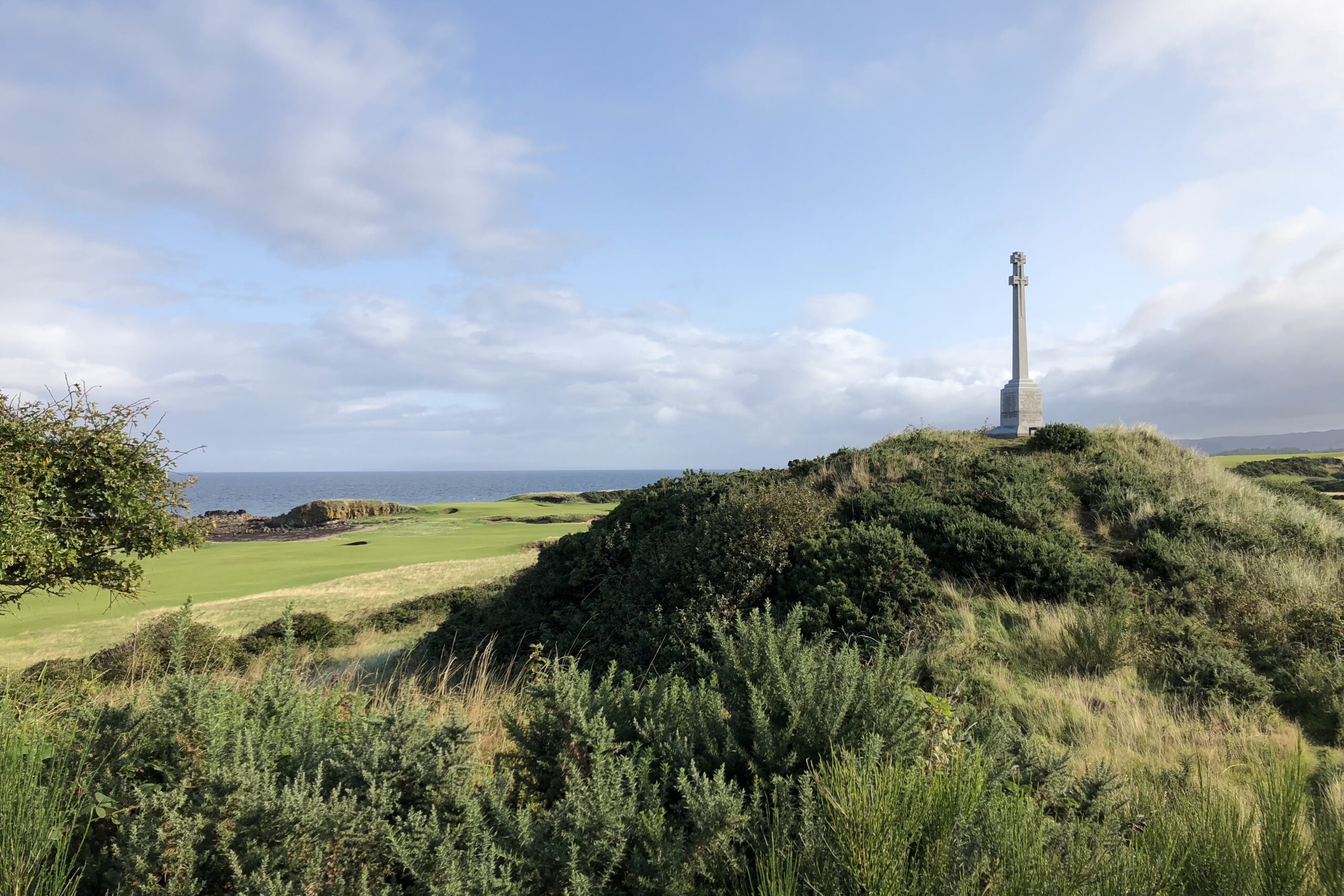
It is difficult to imagine the contrast between Turnberry at war and that of today. Yet Turnberry's role in that history warrants both reflection and celebration.

Download Your Complete Guide to The Home of Golf
The Complete Guide to
Scotland Golf Travel
What's covered in this free 40+ page guide:
- The best regions for golf in Scotland.
- Old Course at St. Andrews tee times.
- Where to enjoy the Good Life between rounds.
- Lesser known courses you should play.
Plus links to over 50 additional guides and resources.
By downloading up you agree to receive marketing communications from Haversham & Baker and have read our privacy policy.
Additional Reading
Visit the Yardage Book for More Golf Travel Resources
Discover More of Golf at its Finest with H&B
